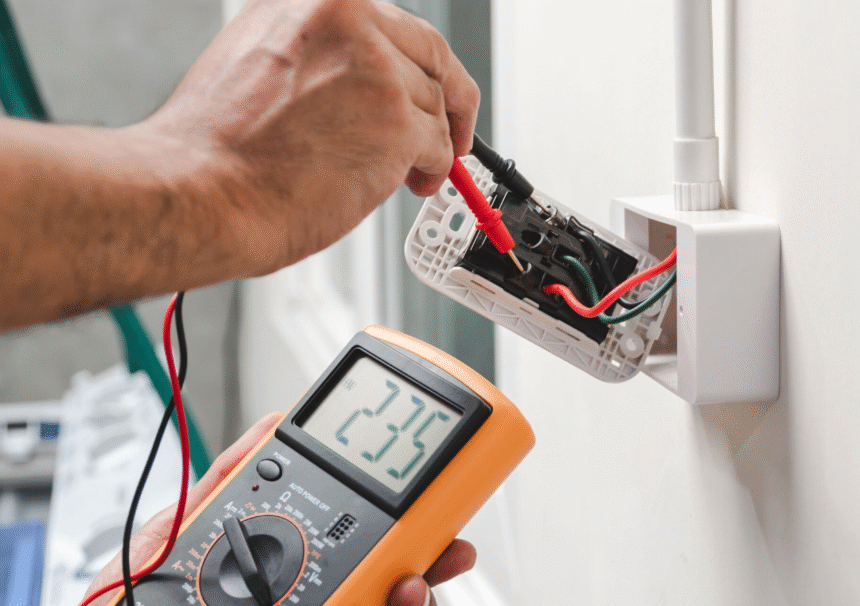Workplace safety is a responsibility that every employer must take seriously. From preventing accidents to ensuring compliance with regulations, maintaining a safe environment protects both people and businesses. While many safety measures are obvious, such as fire alarms and emergency exits, one area often overlooked is the safety of everyday electrical appliances. This is where PAT testing plays a vital role.
Understanding PAT Testing
Portable Appliance Testing (PAT) is a process that checks electrical appliances to ensure they are safe for use. It involves a combination of visual inspections and electronic tests to identify faults, wear, or damage. Items such as kettles, computers, power tools, and extension leads may look harmless, but without proper checks they can pose hidden risks.
PAT testing helps businesses meet their legal obligations under UK health and safety regulations. By keeping records of tested equipment, employers can demonstrate compliance and show that they are actively taking steps to protect staff and visitors.
Preventing Accidents and Injuries
Faulty electrical equipment is one of the leading causes of workplace fires and accidents. Cables that are frayed, plugs that overheat, or devices with internal faults can all cause shocks, burns, or even serious fires if left unchecked.
Regular PAT testing significantly reduces these risks by identifying problems before they become dangerous. For employees, this means peace of mind when using equipment daily. For employers, it means fewer disruptions and reduced liability in the event of an accident.
Supporting Business Compliance
Businesses across the UK are required by law to maintain safe electrical systems and appliances. While the law does not specify exactly how often PAT testing must be carried out, it does state that employers are responsible for ensuring equipment is safe.
PAT testing provides a clear, structured way to demonstrate compliance. It shows insurers, regulators, and health and safety inspectors that a business is proactive about risk management. In many industries, such as construction or hospitality, regular PAT testing is expected as standard practice.
Cost Savings Through Prevention
Some businesses see PAT testing as an unnecessary expense, but the reality is quite the opposite. The cost of repairs, downtime, or liability from an accident far outweighs the modest investment in testing.
By catching faults early, businesses avoid the expense of replacing equipment or dealing with insurance claims. Well-maintained appliances also last longer, offering better value for money in the long run. In this way, PAT testing saves both money and time by preventing problems before they occur.
Building a Culture of Safety
A safe workplace doesn’t just protect employees — it builds trust. Staff who know their employer takes safety seriously are more confident and productive. PAT testing, while simple, is a visible demonstration of this commitment.
Encouraging a culture of safety means paying attention to the details, from clear walkways to regular equipment checks. PAT testing fits into this wider framework by ensuring that the tools and devices people rely on every day are safe and reliable.
The Role of Professional Testing Services
While some basic visual checks can be carried out by employees, professional PAT testing services ensure thoroughness and accuracy. Qualified testers use specialist equipment to identify faults that are not visible to the naked eye. They also provide detailed reports, which are important for compliance and record-keeping.
Businesses benefit from working with experienced providers, who understand the latest standards and tailor their services to different industries. Partnering with professionals ensures every test is carried out correctly, minimising risks and strengthening safety standards.
Final Thoughts
Electrical safety in the workplace is too important to ignore. Faulty appliances not only disrupt productivity but also put lives at risk. PAT testing is an essential step in creating a safer environment, protecting staff, and ensuring compliance with regulations.
By investing in regular checks, businesses safeguard their people, avoid costly incidents, and demonstrate their commitment to workplace safety. With the support of professional testers, organisations can make sure their equipment remains safe, efficient, and ready for daily use.















